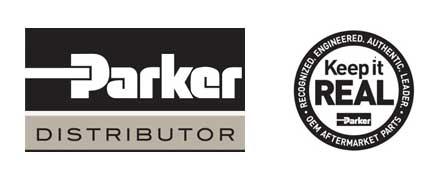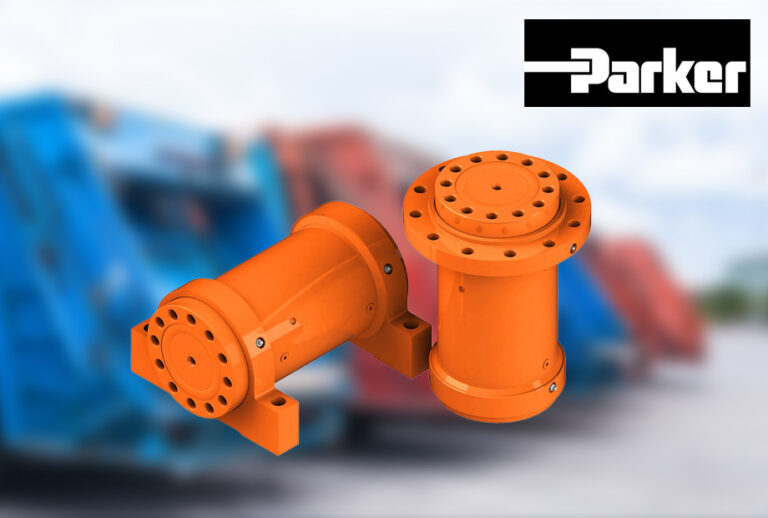Spur gear: A gear whose teeth are cut straight across the face of the gear.
Helical gear: A gear whose teeth are cut on an angle diagonally across the gear either with a right or left-hand slant. For helical gears to mate, one must slant to the right and the other to the left.
Pitch line: The point on the gear tooth midway between the base of the tooth and the tip of the tooth.
Pitch line velocity: The speed of rotation in feet per minute of a gear measured at the pitch line.
Pitch (Gear): The measure of the size of the gear teeth determined by the number of teeth in a given area measured at the pitch line. PTO gear pitch is normally classified as 5, 6, or 7-pitch.
Gear ratio: It is determined by dividing the number of teeth in the driven gear by the number of teeth in the driving gear.









